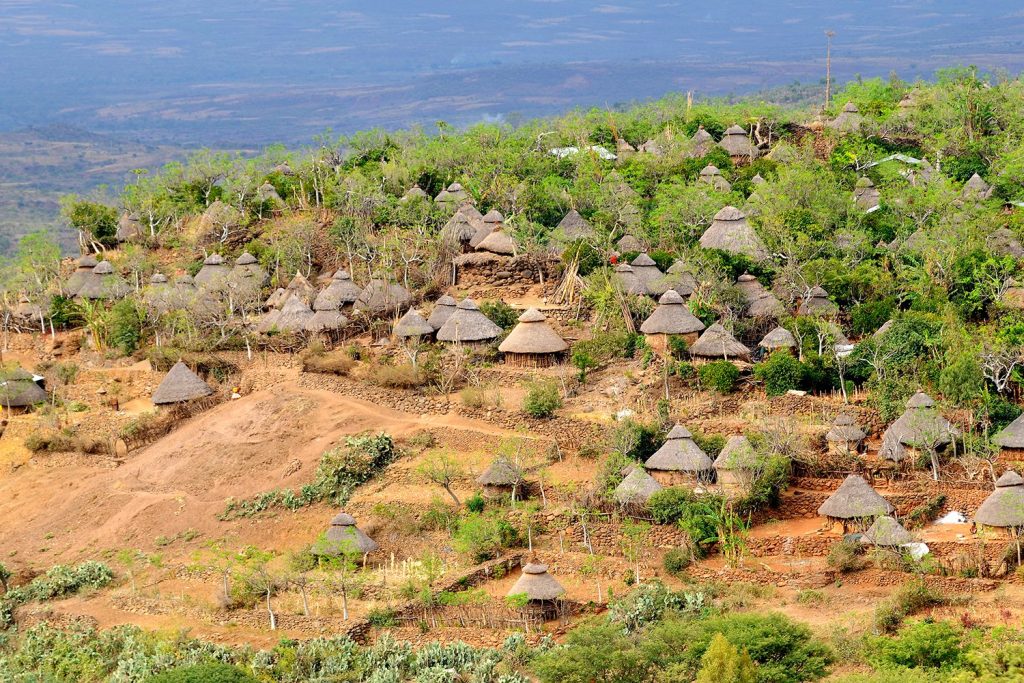Ethiopia is a land of vibrant traditions, diverse ethnic groups, and ancient cultural landmarks that offer visitors a unique opportunity to immerse themselves in a rich tapestry of heritage. Here are some of the top cultural destinations in Ethiopia:
Lalibela: The Rock-Hewn Churches
Lalibela, often referred to as the “New Jerusalem” or the “Eighth Wonder of the World,” is one of Ethiopia’s most iconic cultural and religious destinations. Located in the Amhara region, this small town is renowned for its 11 medieval rock-hewn churches, carved entirely out of solid volcanic rock. These remarkable structures are a testament to the architectural ingenuity and spiritual devotion of Ethiopia’s ancient Christian civilization.
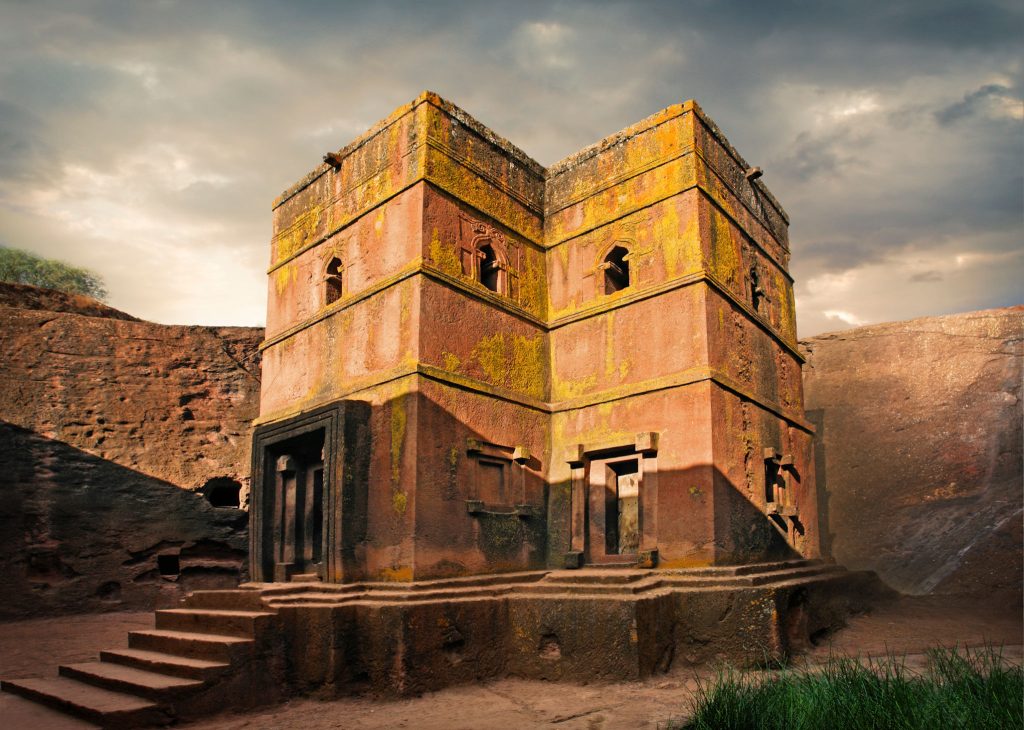
Axum: The City of Legends
Axum (Aksum), located in northern Ethiopia, is a city steeped in history, spirituality, and mystery. As the capital of the ancient Aksumite Empire, it was a major trading hub and a center of early Christian civilization. Known as the “City of Legends,” Axum is home to ancient monuments, sacred sites, and stories that continue to captivate historians, archaeologists, and travelers alike.
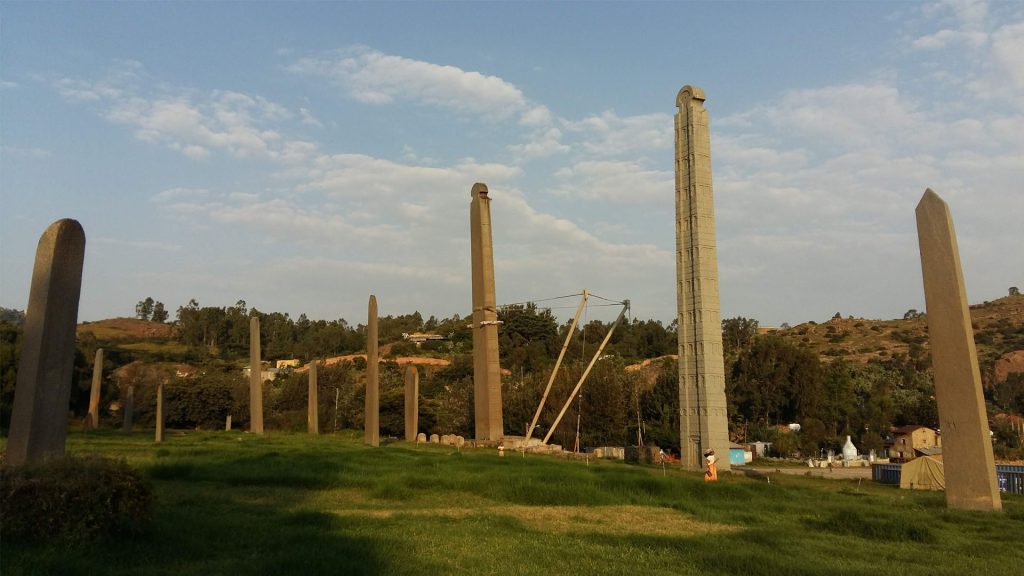
Harar: The Walled City
Harar, often called the “City of Saints,” is one of Ethiopia’s most culturally vibrant and historically significant destinations. Located in the eastern part of the country, Harar is renowned for its ancient walls, over 80 mosques, and unique traditions. Declared a UNESCO World Heritage Site in 2006, Harar is celebrated as a symbol of Islamic culture in Africa and a hub of trade and heritage for centuries.
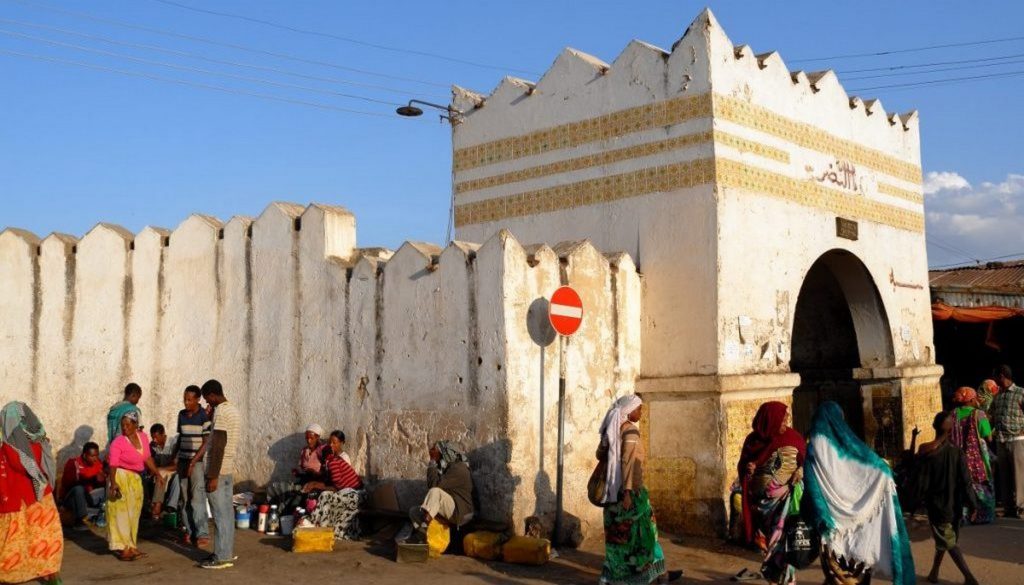
Gondar: The Camelot of Africa
Nestled in the highlands of northern Ethiopia, Gondar is a city of historical grandeur and cultural vibrancy. Often referred to as the “Camelot of Africa,” Gondar is famed for its medieval castles, magnificent churches, and royal heritage. Once the imperial capital of Ethiopia, Gondar remains a symbol of the nation’s architectural and artistic achievements.
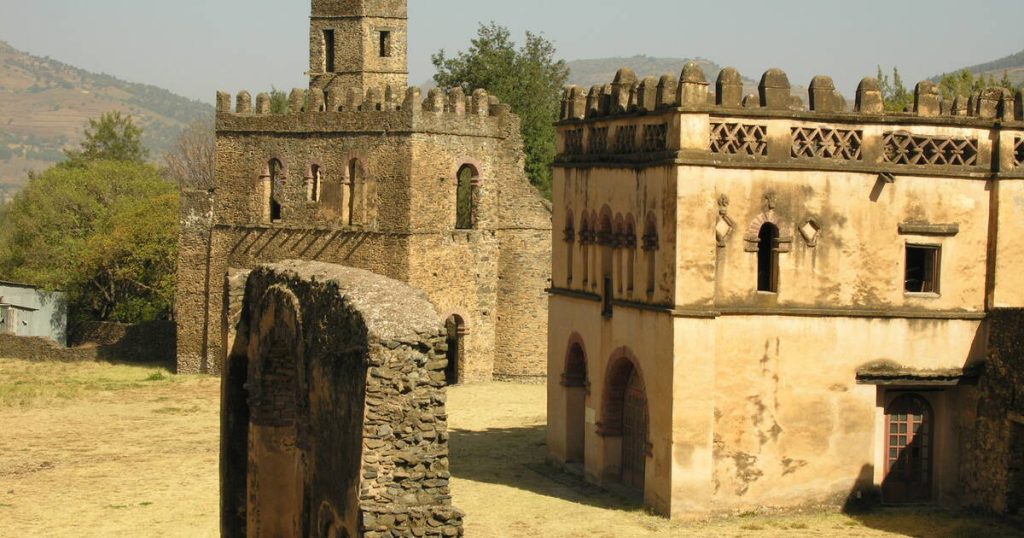
Omo Valley: A Living Cultural Museum
The Omo Valley, located in southern Ethiopia, is one of the most culturally rich and diverse regions in the world. This unique area is home to over a dozen distinct indigenous tribes, each with its own language, traditions, and way of life. Often referred to as a “living cultural museum,” the Omo Valley provides an unparalleled opportunity to experience ancient cultures that have remained largely unchanged for centuries.
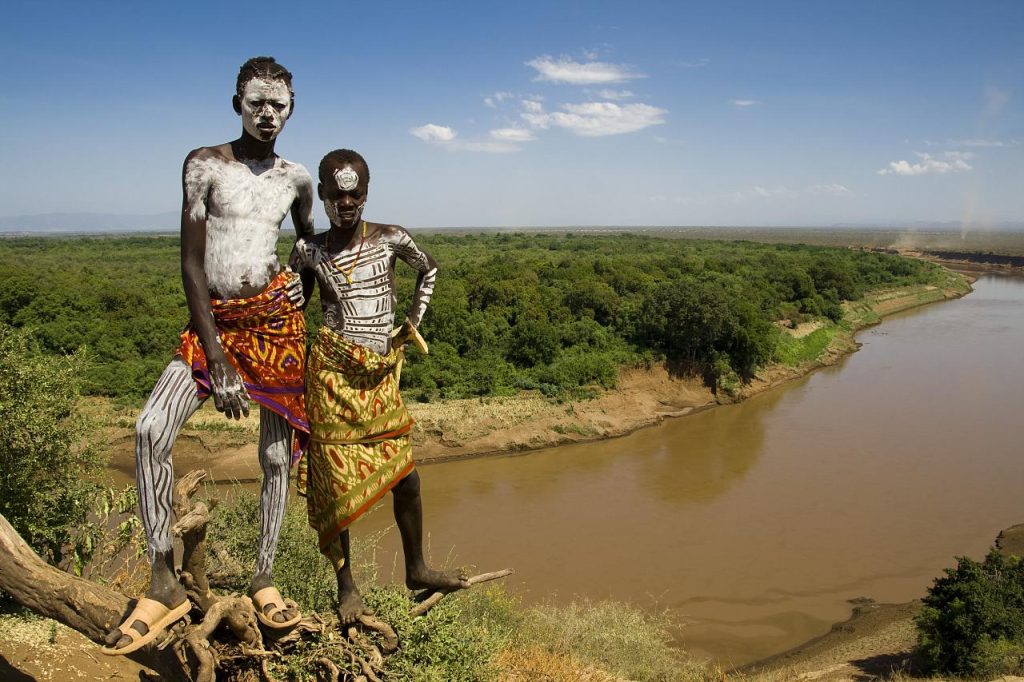
Tigray: Ancient Churches of the Highlands
The Tigray region of northern Ethiopia is home to one of the world’s most remarkable collections of ancient rock-hewn churches, many of which are perched on dramatic cliffs and hidden within rugged mountains. These architectural marvels, often dating back over a thousand years, offer a glimpse into Ethiopia’s deep Christian heritage and its unique traditions of faith and worship.
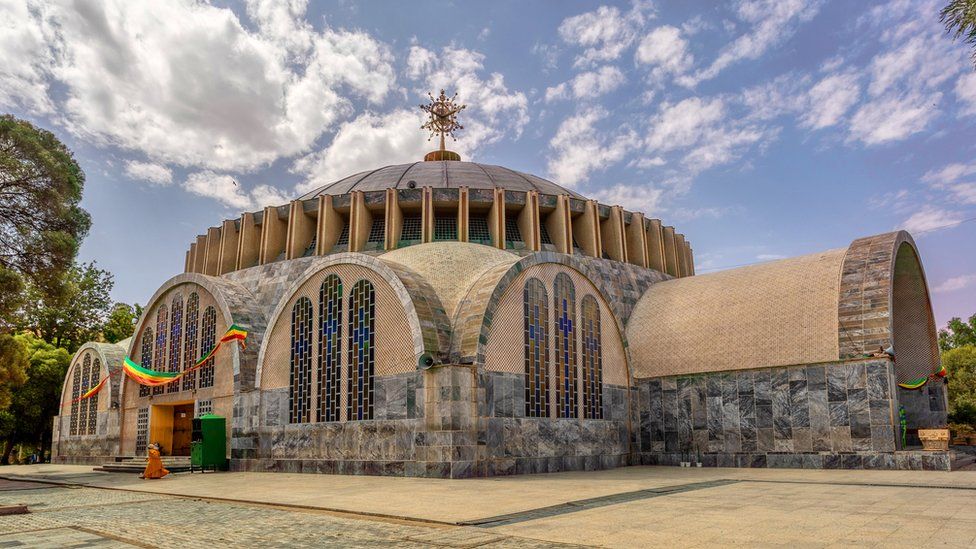
Lake Tana Monasteries
Lake Tana, located in the highlands of northern Ethiopia, is not only the largest lake in the country but also home to some of Ethiopia’s most ancient and historically significant monasteries. These sacred sites, often situated on small islands and in remote locations along the lake’s shores, are deeply rooted in the Ethiopian Orthodox Christian tradition and are considered some of the most important religious landmarks in the region.
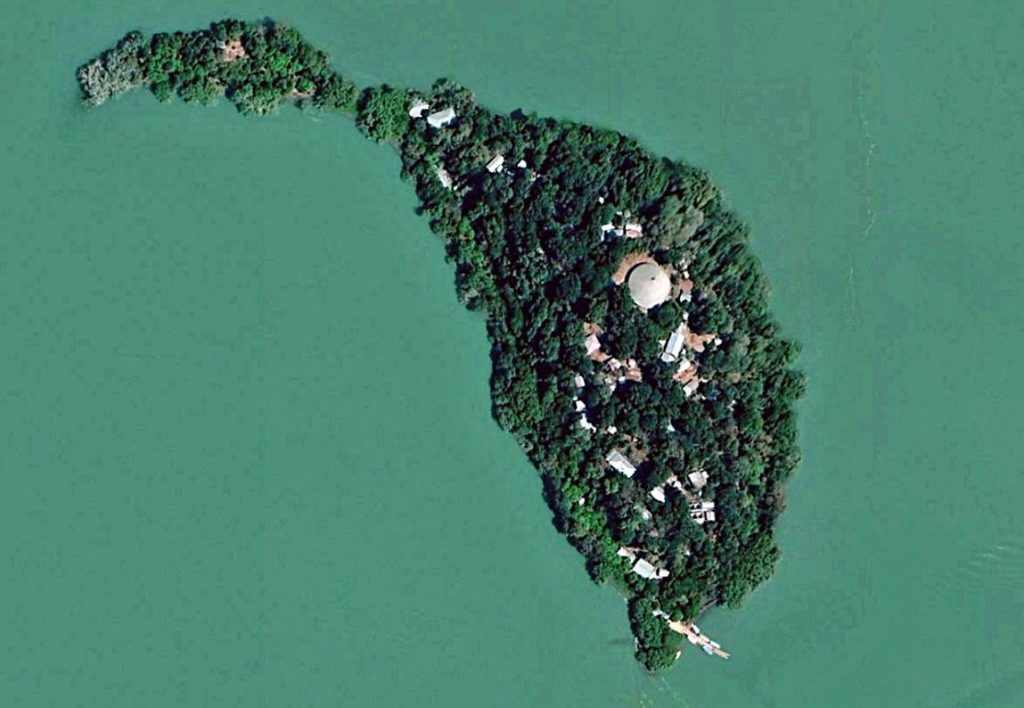
Addis Ababa: Ethiopia’s Cultural Hub
Addis Ababa, the capital city of Ethiopia, is a vibrant and dynamic metropolis that serves as the country’s cultural, political, and economic center. Nestled in the central highlands, this bustling city is not only a hub for modern development but also a city rich in history, culture, and tradition. Known for its welcoming atmosphere and diverse population, Addis Ababa is a gateway to Ethiopia’s heritage, offering visitors a blend of the old and the new.
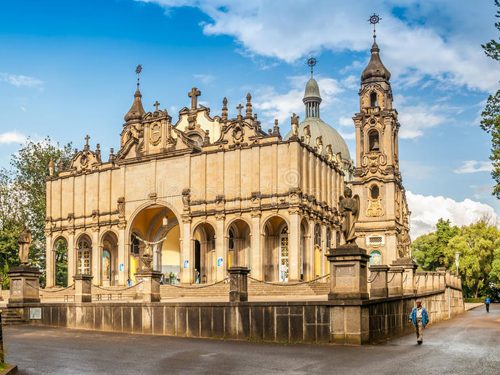
Konso: The Cultural Landscape
Nestled in the southern part of Ethiopia, Konso is a UNESCO World Heritage site known for its unique and fascinating cultural landscape. The Konso people have created a remarkable way of life that blends human ingenuity with the natural environment, developing agricultural systems and settlements that have stood the test of time. This ancient civilization offers visitors a deep dive into Ethiopia’s rich heritage and innovative practices, making it one of the most distinctive and culturally significant destinations in the country.
